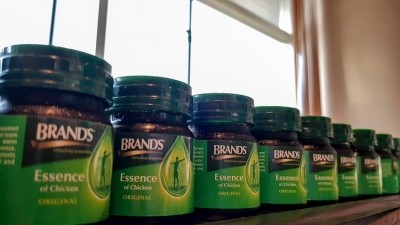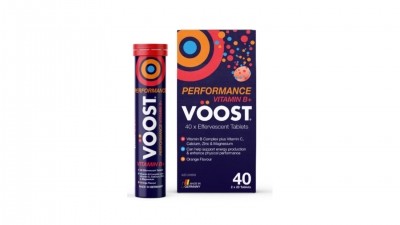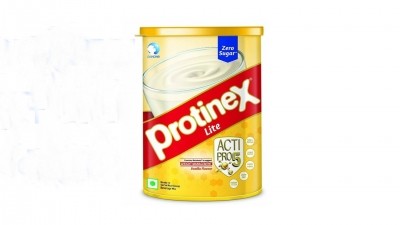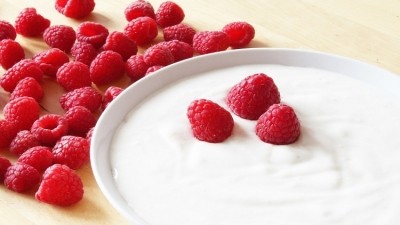From supplements to ready meals: How Singapore’s food and nutrition industry is striving for low GI success

The Centre for Applied Nutrition Services (CANS) and Glycemic Index Research Unit (GIRU) at the School of Applied Science located in Temasek Polytechnic, Singapore, noticed that the number of queries related to low GI food and beverage had jumped 30% in the last two years.
Dr Kalpana Bhaskaran, the head of CANS and GIRU, told FoodNavigator-Asia that queries had gone up as more manufacturers were recognising the need to cut sugar, and other less desired components such as fats and sodium in food and beverages.
“For the past two years, we have received so many queries in this area, low GI, glucose control, diabetic friendly, this area, it can range from ready-to-eat meals to anything. There has been about 30% increase in the number of related queries received from manufacturers and ingredient suppliers.”
She noticed that the manufacturers “all want to cut down sugar”, not only to meet the criterion for achieving the Singaporean “healthier choice symbol”, but also out of responsibility.
“The local (Singapore) manufacturers are quite responsible, they want to produce products which are healthier and lower in sugar, because manufacturers are also consumers, and they have their family (who are eventually consumers) as well.
“They are quite responsible in that case, and they want to look for ways to manufacture products that are lower in sugar and are healthier and use direct ingredients that will affect in the positive way,” she explained.
The interest in producing low GI options is not only seen in general foods.
Dr Bhaskaran pointed out that there were also about 20% more queries requesting the centre to conduct trials on supplements meant for slowing down or preventing the absorption of glucose.
She explained that a reason for an increase in queries could be because the research centre also housed the Centre of Innovation for Complementary Health Products.
The centre’s latest low GI project was done in collaboration with NTUC Foodfare. Under the collaboration, low GI ready-to-eat meals were launched in NTUC Fairprice stores last December.
Ranging from Nonya rendang chicken to baked cheese seafood tomato rice, these microwaveable frozen meals are made with brown rice and barley instead of white rice.
About a year ago, the centre had also launched low GI pizza, one of the centre’s major project.
In this case, the pizza base is made from whole grains, thus, the pizza does not lead to a sudden spike in the blood glucose level.
The centre also limited the amount of fat and sodium content in the toppings.
Plant-based carbs
To control blood sugar levels, plant-based protein sources could also be used as low GI carbohydrate alternatives and a source of dietary fibre, Dr Bhaskaran said.
An example is legumes, which can be used to replace high GI carbohydrates, while providing protein and dietary fibre at the same time.
She also added that while achieving low GI was a goal, one should also make sure that the product contain enough fibre.
“There should be an ideal combination of macronutrients, carbohydrates, proteins, and fats. Fibre is needed to maintain the microbiota and gut health. Proteins and fats prevent glucose spike. Carbohydrates are also important, but we will give low GI carbs.”
Unsweetened multi-benefits options
Unsweetened beverages, such as plain green tea, and herb-infused water without added sugar, are also options that the manufacturers could consider when introducing new products targeted at diabetic patients.
“If diabetics were to go for beverage, then they should try to go for unsweetened beverage, such as plain green tea,” Dr Bhaskaran said, while emphasising that plain water was the best choice of all.
She added that herb-infused water, such as putting cut lime and mint leaves, without added sugar was also a tasty and viable option, and was something that some manufacturers were considering.
She also observed that manufacturers would tend to want to include functional benefits in the beverages, on top of producing unsweetened or less sugar options.
“The manufacturers want added benefits, such as added vitamin or herbal infusion to make the unsweetened beverage into a functional drink, such as enhancing sports performance.”
















